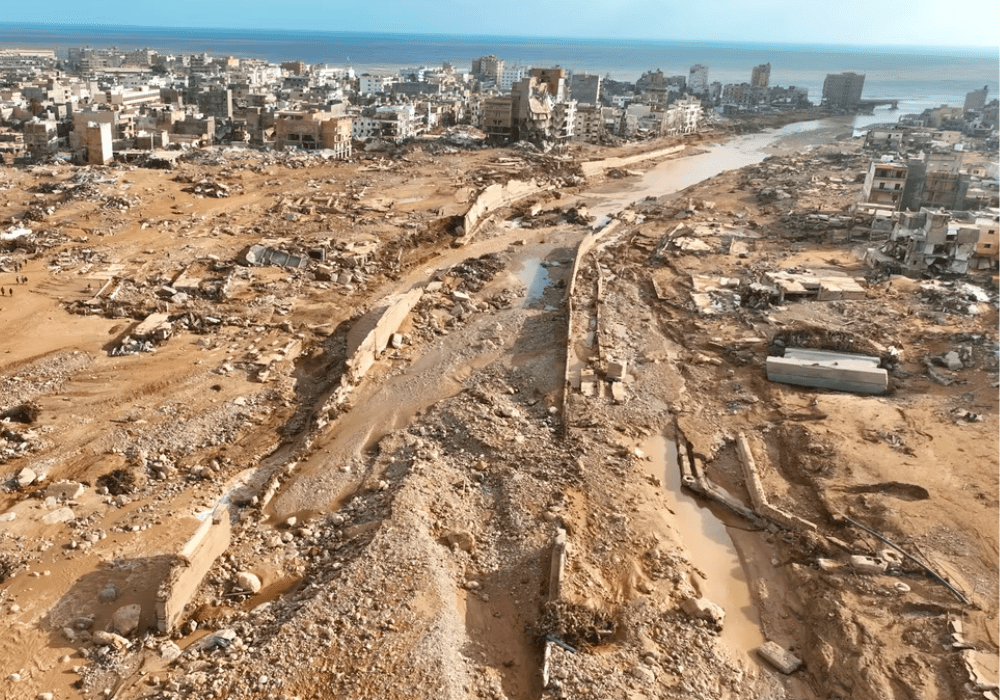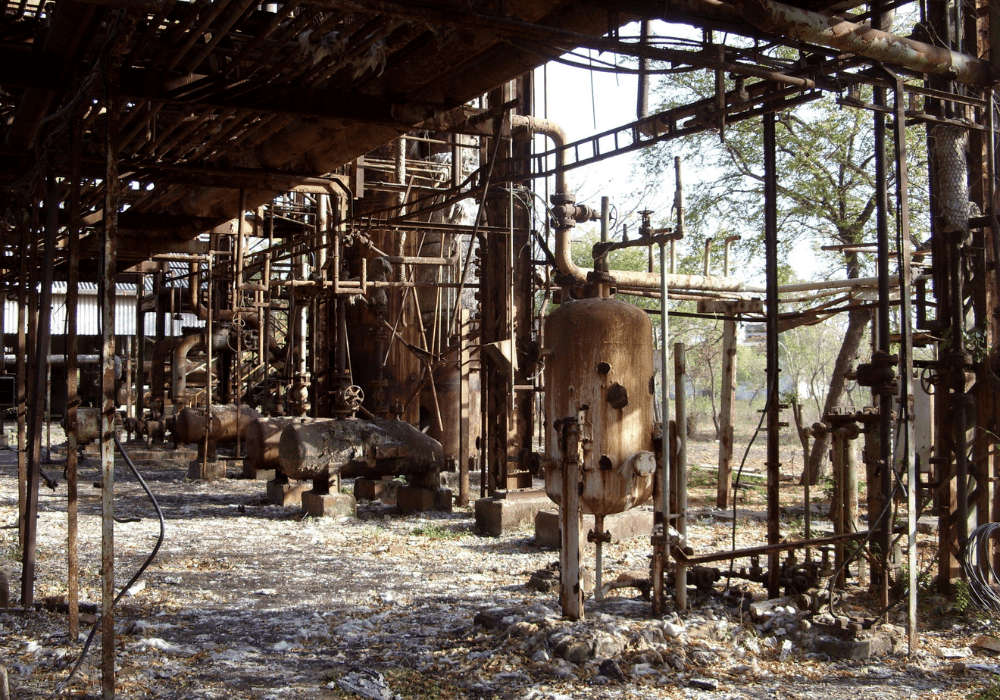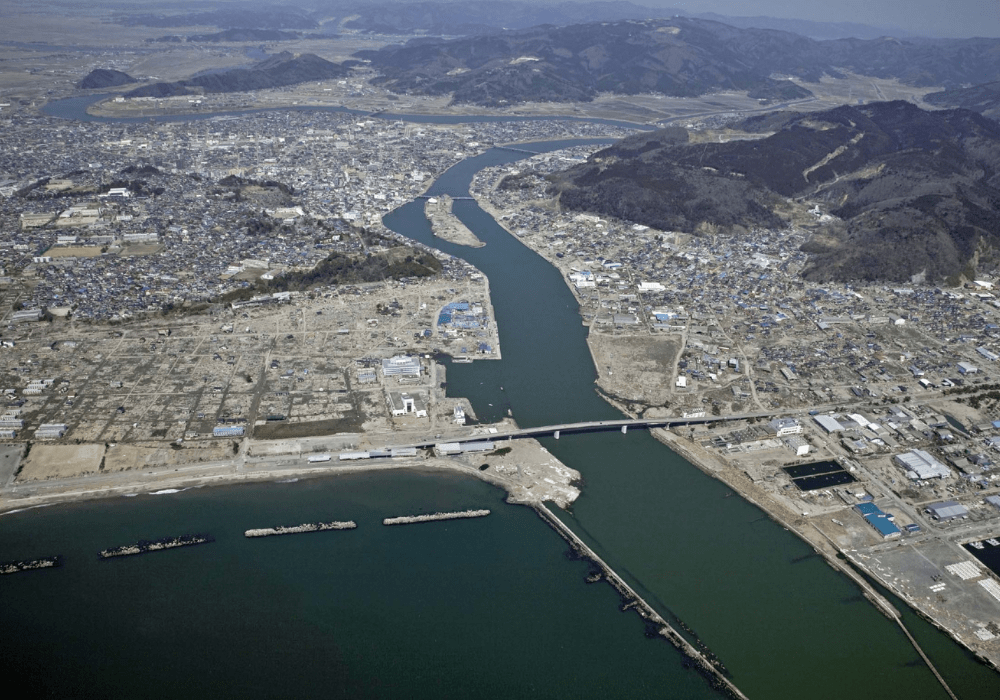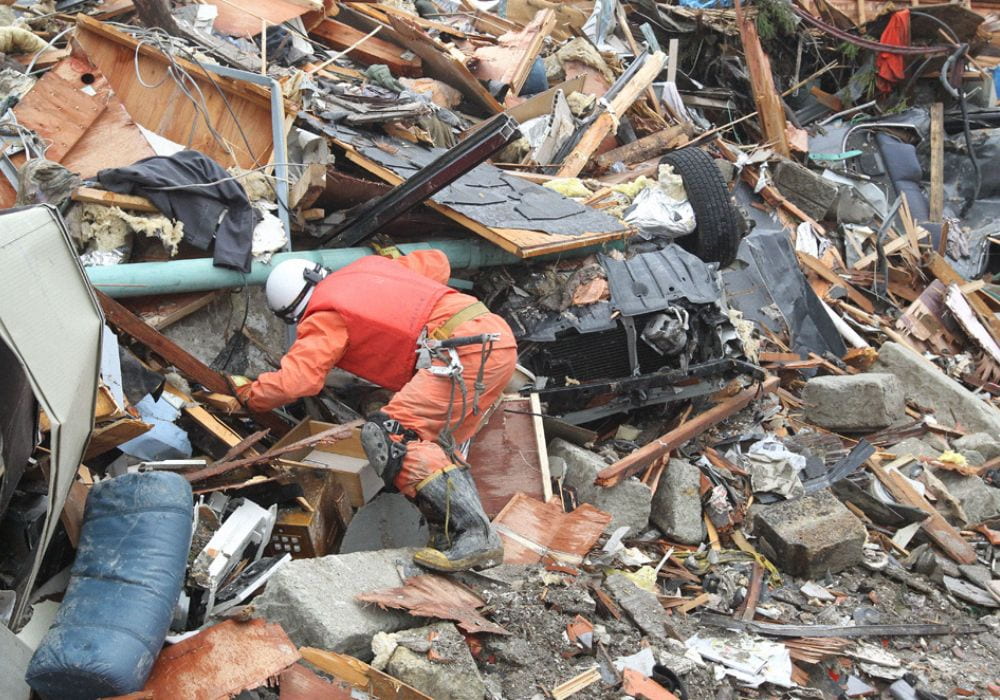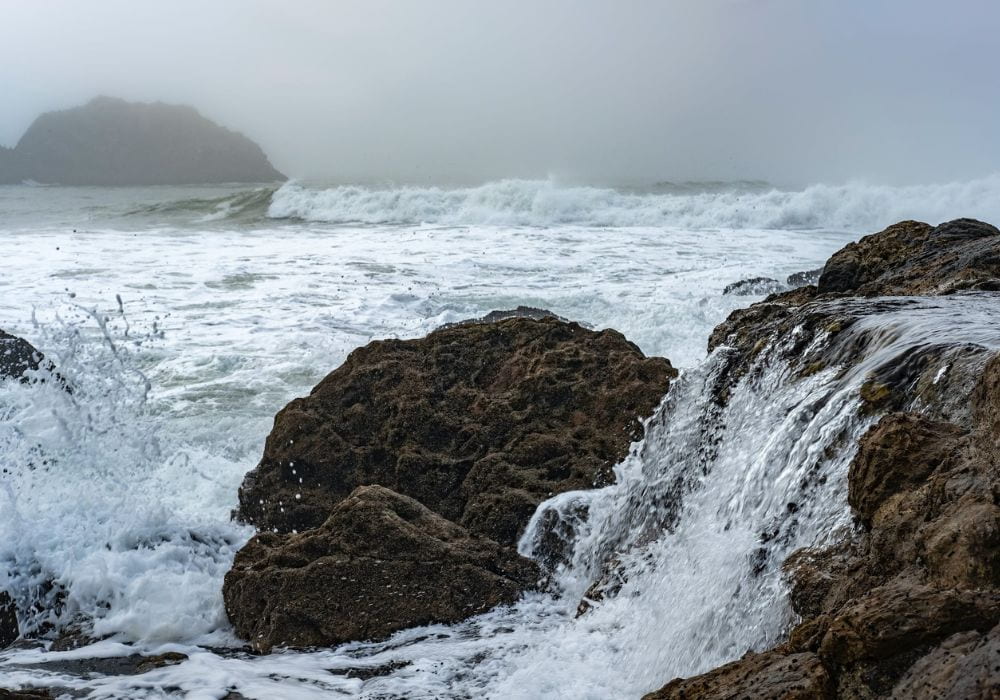
One question from the 1918 flu pandemic that intrigued epidemiologists was the shape of its death curve. Most communicable diseases have a U shaped death curve, as the youngest and the oldest members of society have the weakest immune defenses against contagions. However, previous studies found that those who were believed to be young and healthy were equally at risk to pass away from the 1918 flu; as a result, the death curve from the pandemic is shaped like the letter W.
Continue reading “1918 Flu Victim Skeletons Provide New Explanation for the Pandemic’s “W”-Shaped Mortality Curve”
